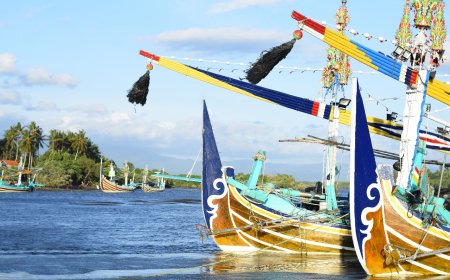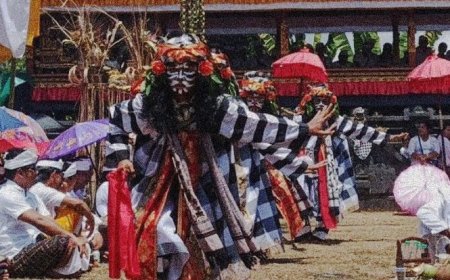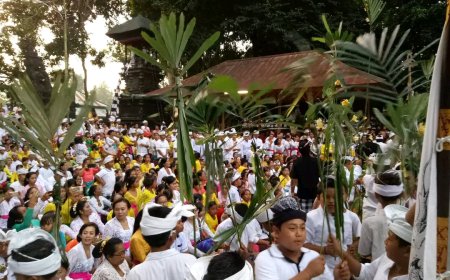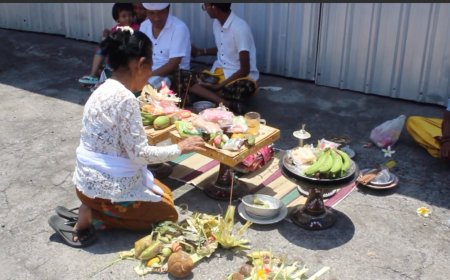Gebug Ende Tradition: Rattan War and Rain Ritual in Seraya Village, Karangasem
Seraya Village, an area on the eastern tip of Bali Island, has a unique tradition that is still alive and being maintained by the local community. This tradition is not just an art performance, but is part of a sacred ritual that has existed since royal times. The tradition is known as Gebug Ende, a battle with rattan weapons and a distinctive shield.
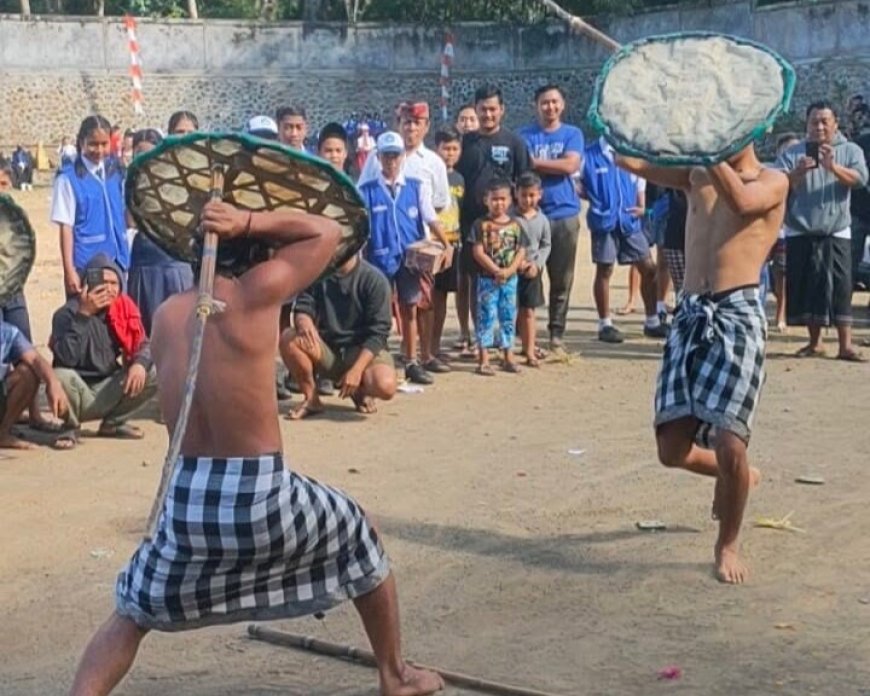
Seraya Village, an area on the eastern tip of Bali Island, has unique traditions that are still alive and continue to be maintained by the local community. This tradition is not just an artistic performance, but is part of a sacred ritual that has existed since royal times. This tradition is known as Gebug Ende, which is a fight with rattan weapons and a typical shield.
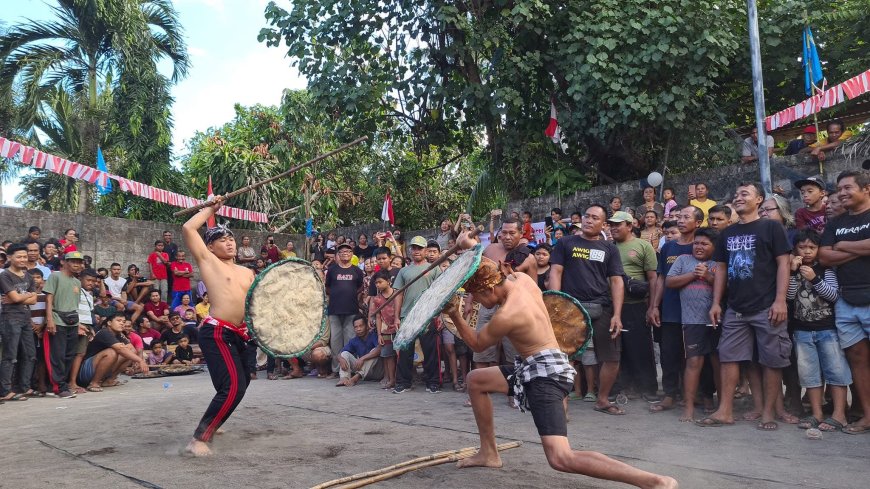
Gebug Ende on Indonesian Independence Day (Source: Private Collection)
During the royal period, Gebug Ende was used as war training for soldiers, preparing them for battle by using rattan as the main weapon and a cowhide shield as a means of protection. The long rattan used in this fight is called gebug, while the cowhide shield is known as ende. This battle also plays an important role in the ritual of asking for rain performed by the people of Seraya Village.
The geographical condition of Seraya Village, which tends to be dry and has low rainfall, makes rainwater a very valuable necessity. Rain is the source of life for agriculture and the fulfillment of clean water for the community. Therefore, when the long dry season comes, the Gebug Ende dance is often performed in the hope of calling rain. The Seraya people believe that this rattan battle can invite the much-anticipated rain.
For those who are not used to seeing it, Gebug Ende is often considered terrifying. Every time a hard rattan hits the body, the resulting wounds look quite gruesome. The marks will leave burns on the skin, which not only look painful but also last for days. If the rattan hits the head, blood will immediately flow down the head covering, adding to the dramatic atmosphere.
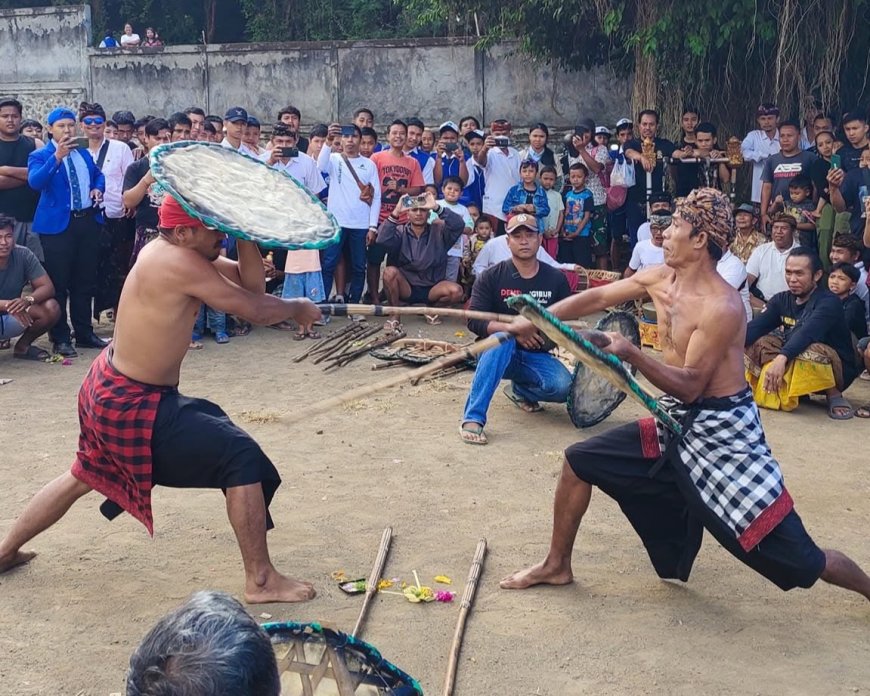
Gebug Ende (Source: Private Collection)
Local belief holds that the blood spilled in the Gebug Ende fight is a sign that rain will soon fall. The wounds are considered a “sacrifice” that will later be rewarded with rain that fertilizes the barren Seraya land. Despite the risks, the spirit of the Gebug Ende fighters never fades. When the gamelan music begins, the village youths are called upon to show their skills in defense and offense, using rattan and shields. This fight is more than just a physical battle; it is a symbol of the strength and endurance of the Seraya people.
History of Gebug Ende
The term “Gebug” means to hit, while “Ende” refers to the shield. This tradition dates back to the era of the Karangasem Kingdom. At that time, Seraya villagers were trusted as soldiers to attack the Seleparang Kingdom on Lombok Island.
The people of Seraya were known as brave, strong and invulnerable warriors, so they were used as the frontline in the invasion of the kingdom in Lombok. The battle ended in victory, which brought the Seleparang Kingdom under the rule of the Karangasem Kingdom.
Despite the victory, the heroic spirit of the Seraya warriors was still burning. They then practiced by fighting against each other using existing war tools. From this activity, the tradition of Gebug Ende was born, which continues to be maintained and preserved until now.









